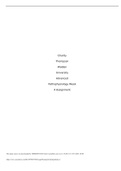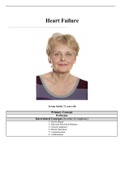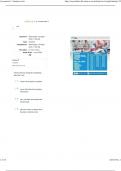Samenvatting
Communication theory Block 2.2 summary of readings and lectures
- Instelling
- Hanzehogeschool Groningen (Hanze)
Summary of the block 2.2 communications theory readings and lectures. This summary is what helped me prepare and pass my block 2.2 exam!
[Meer zien]













